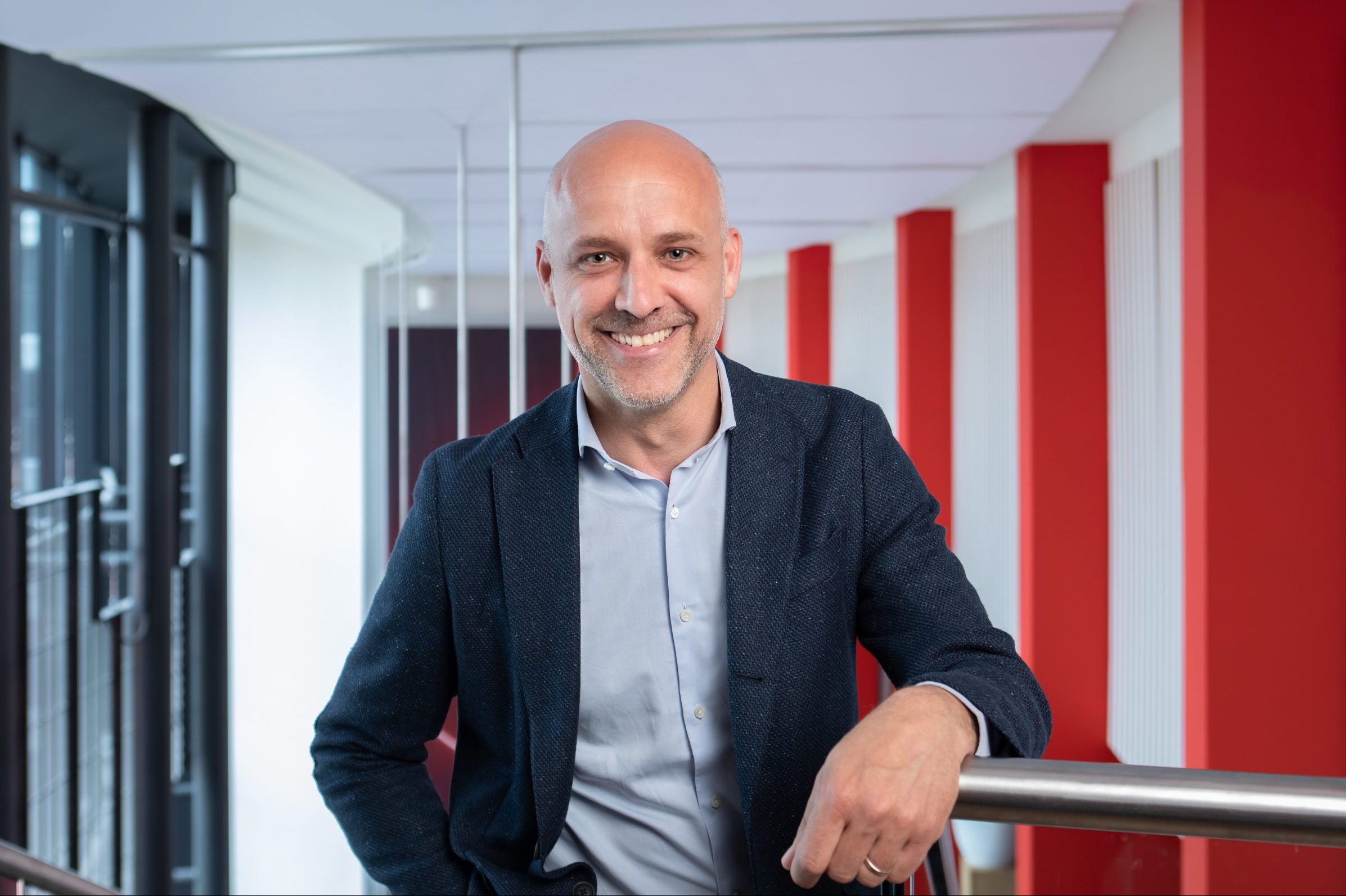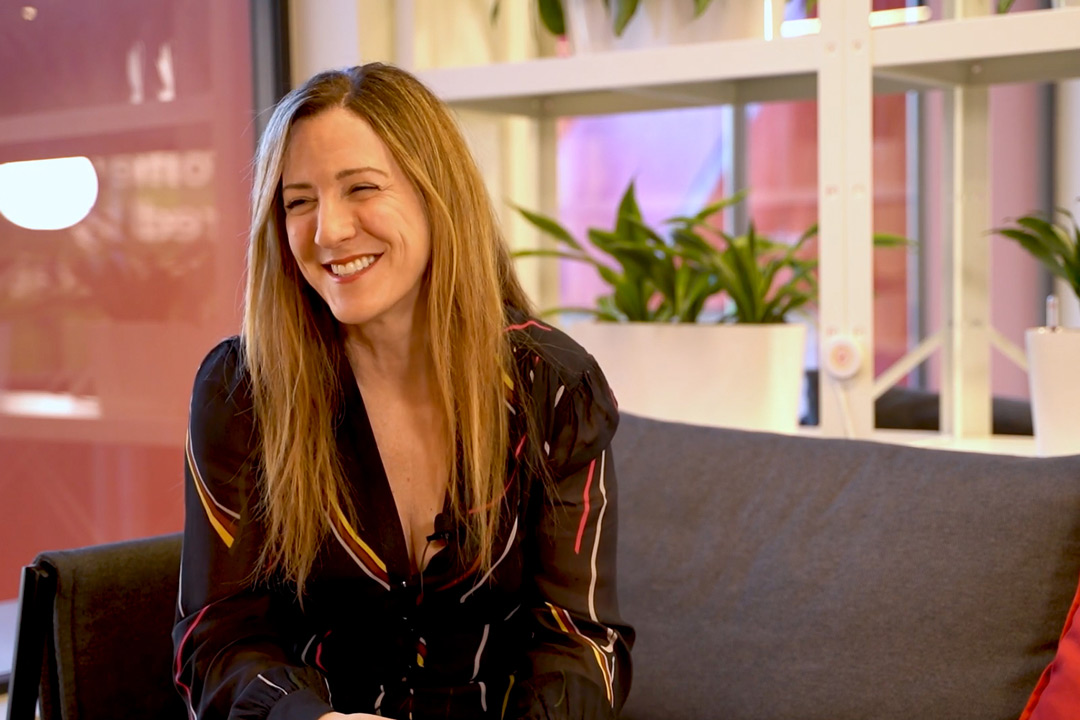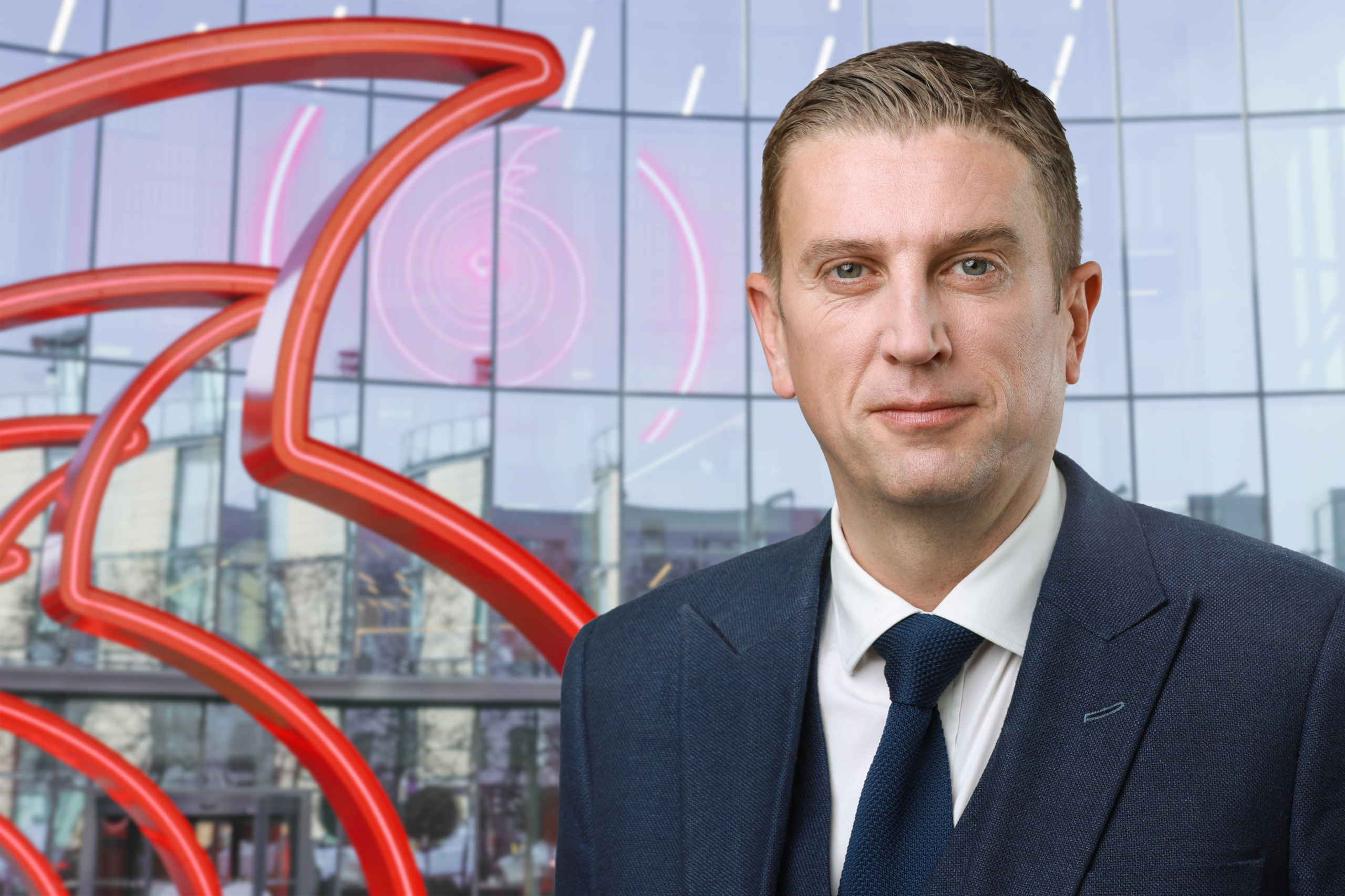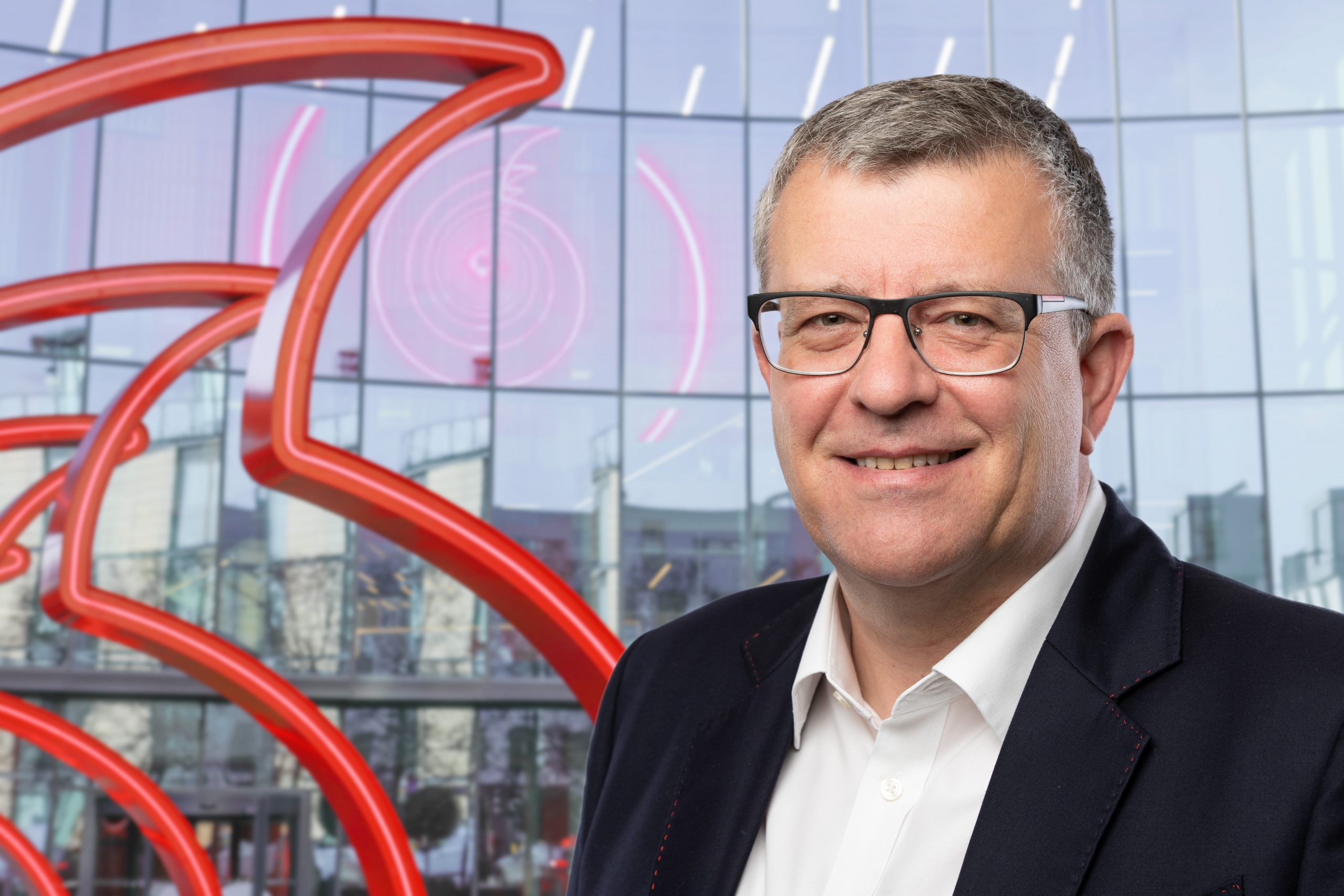Andrea Donà, Chief Network Officer & Network Director at Vodafone UK, reflects on another UK first, as Vodafone trials multiple 5G SA network slices at Cardiff’s Principality Stadium during the Guinness Men’s Six Nations.
When you work in the tech sector, it’s easy to assume that industry excitement about a new development will be mirrored by the general public. The reality, however, can be very different.
Take generative artificial intelligence (GenAI), for instance. If you are someone who uses it most days at work, then you might jump to the conclusion that the majority have too. In fact, only 36% of UK adults have used a GenAI tool according to a 2024 Deloitte survey.
5G, on the other hand, is something that almost everyone will have had some interaction with during their lives. And so, when a new 5G – or, in this case, 5G Standalone (5G SA) – capability comes along, it can have a huge impact on large parts of society.
5G Ultra: Everything you need to know
5G Ultra is Vodafone's name for 5G Standalone services in the UK - the next iteration of 5G. Here's what it can do for you and how you can get it.
This is why network slicing is so exciting; it’s not just for those of us who work with tech on a daily basis, but for almost every person in the UK. A great example of which is the near 80 million people that visit sporting events each year.
Driven by the data
Historically, stadiums are notoriously difficult places to achieve strong, reliable mobile coverage. This is due to the high density of people in one single area. To make matters worse, these crowds aren’t naturally separated, as they might be at an airport or retail park.
What’s more, as data usage has increased over time, the challenge of overcoming this network congestion has become trickier still. Cardiff’s 74,000-capacity Principality Stadium is a perfect case in point.
Network slicing: Everything you need to know
Network slicing, a new way of delivering customised connectivity experiences, will be made possible by the introduction of 5G Standalone (5G SA). But what is it and why do we need it?
During a rugby match between Wales and Scotland on February 3 2024, for instance, the equivalent of 480 hours of HD video was transferred over the Vodafone network. That’s enough data to rewatch the game 360 times over.
In comparison, this was a 40% increase on a Wales-South Africa match at the same venue only six months prior. While we don’t expect to see a 40% increase every six months, as Digital Transformation Partner of the Principality Stadium since 2022, we’re certainly seeing a significant uptick over time.
A new generation of fans
Thankfully, 5G SA is considerably more efficient than previous cellular network generations. If you think of the network as a water pipe and data as the water particles, then 5G SA not only makes the pipe flow faster, but makes it significantly wider too – roughly 100 times wider than 4G, in fact.
Vodafone and ITN make TV broadcast history during King’s Coronation
Nick Gliddon, Vodafone’s UK Business Director, celebrates an historic broadcasting partnership for an historic occasion.
But this is about more than just the numbers – it’s about how it can change your individual matchday experience. After all, I’m sure many of us are familiar with the current situation.
We’ve all been there: you arrive at your team’s ground and try to text a friend to see where they’re sat. Or, it’s half time, and you open your phone to see what the other scores are. Too often, when you need to rely on your connectivity while inside any stadium, you’re left frustrated.
This is where network slicing can help, by providing a whole new way of managing internet and call traffic through the isolation of different connectivity strands.
Making the net work
To demonstrate this, we recently ran the UK’s first ever trial using multiple 5G SA network slices concurrently, for different use cases, at a live event.
Vodafone supports drinks service at Glastonbury through network slicing
Vodafone dedicated a small portion of its network at the 2024 Glastonbury Festival to connect 102 of EBC's payment machines, using a technique known as network slicing.
One slice provided connectivity to fans in Vodafone’s Hospitality area at the Principality Stadium. This included Welsh rugby star Ellis Jenkins, who livestreamed a social media watch-along for fans at home.
The other slice was reserved for WRU’s official in-house photographers, Huw Evans Picture Agency, so they could upload images of the game without being impacted by potential network congestion.
Though that’s where we focused this time, it’s not the limit of network slicing. You could easily imagine a scenario in the future where we deliver separate slices for: general customers; broadcasters; emergency or security services; and even a premium slice, which customers could pay for to access guaranteed download speeds.
In fact, it is an application that can potentially impact everyone. And not just everyone in a stadium either, but people visiting festivals or working in factories, as well as gamers, drivers and more.
Enhanced Mobile Broadband (eMBB)
eMBB supports the likes of 4K video streaming and virtual reality through its high data rates and capacity. Creating dedicated slices for these services ensures they receive the necessary bandwidth, while reducing interference from other types of traffic.
Internet of Things (IoT)
Providing dedicated slices for different types of IoT devices will play a big part in delivering the reliable, efficient communication needed by smart cities, industrial automation and connected healthcare.
Media and entertainment
Whether it’s high-quality live streaming, gaming or other bandwidth-intensive applications, network slicing can help bring a seamless user experience to the entire media industry – even during peak usage times.
Automotive and transportation
As an increasing number of connected vehicles hit the roads, and transport infrastructure become smarter, network slicing will be crucial for allowing real-time communication between the two. In turn, supporting autonomous driving, traffic management and vehicle-to-everything communication.
Tech for all
Trials like this prove that network slicing isn’t a flash in the pan, which promises much but fails to deliver. Nor is it a niche technology that only those of us involved in related fields will ever use.
If the scenario involves people, and those people need connectivity, then there’s likely a place for network slicing. It’s that simple. Better yet, as the 5G SA footprint grows, we can bring the benefits of slicing to an increasingly diverse range of industries.
This includes services across the public sector, healthcare, law enforcement and other Critical National Infrastructure (CNI) areas, as well as businesses that need enterprise-grade wireless but perhaps haven’t got the budget for a fully dedicated mobile private network.
In short, network slicing is set to be a gamechanger – and not just on the rugby field.
Stay up-to-date with the latest news from Vodafone by following us on LinkedIn and Twitter/X, as well as signing up for News Centre website notifications.






